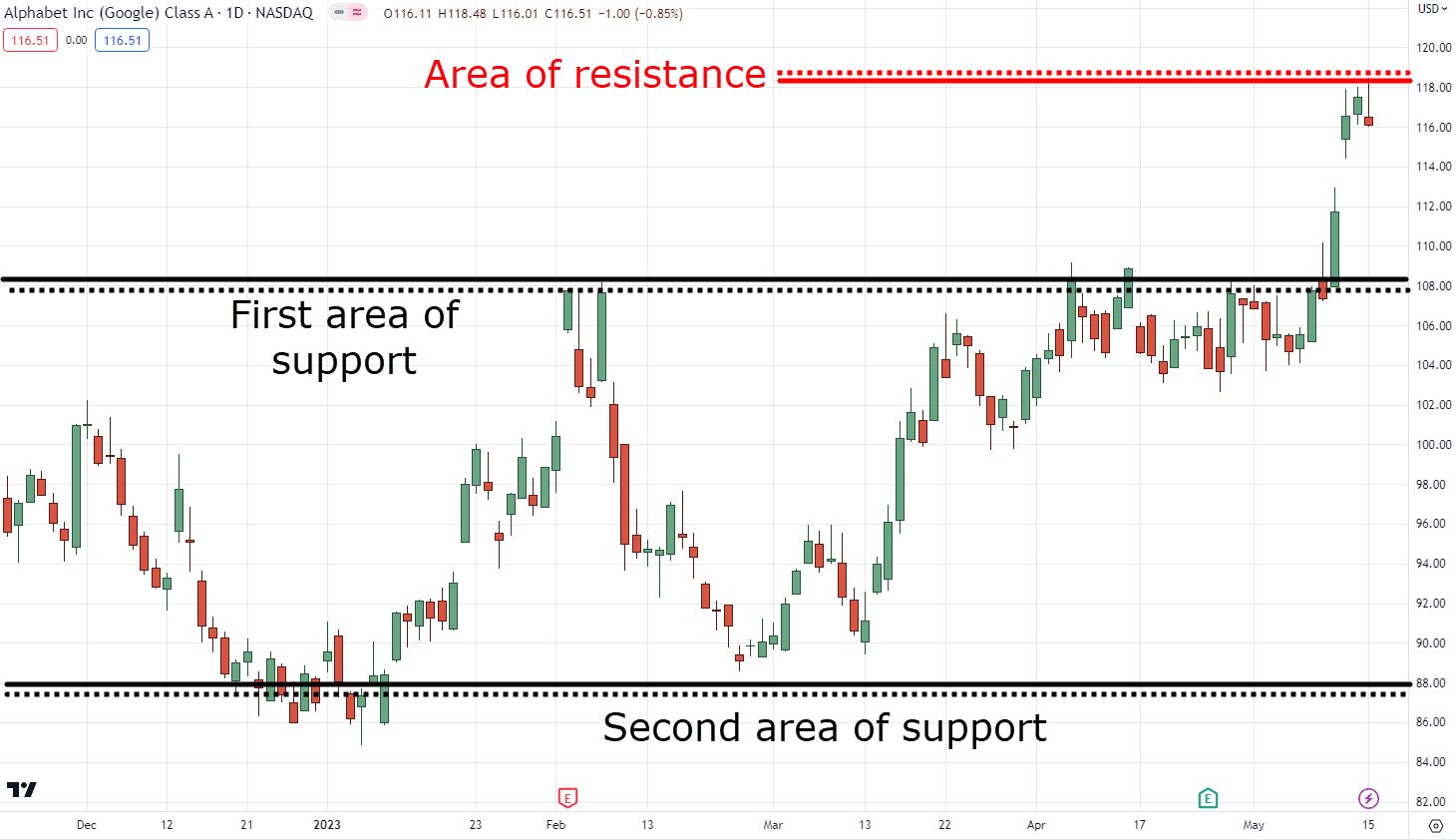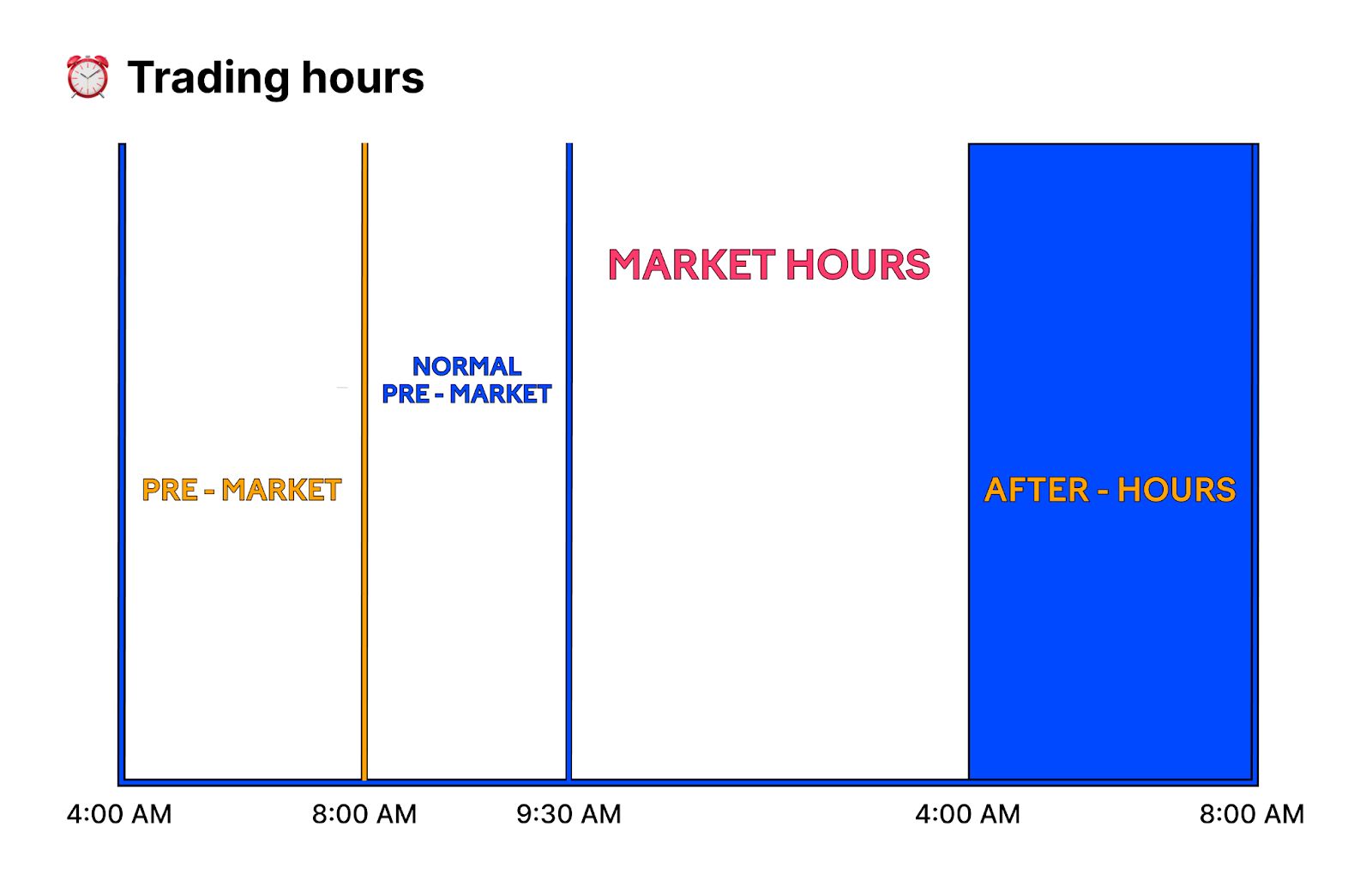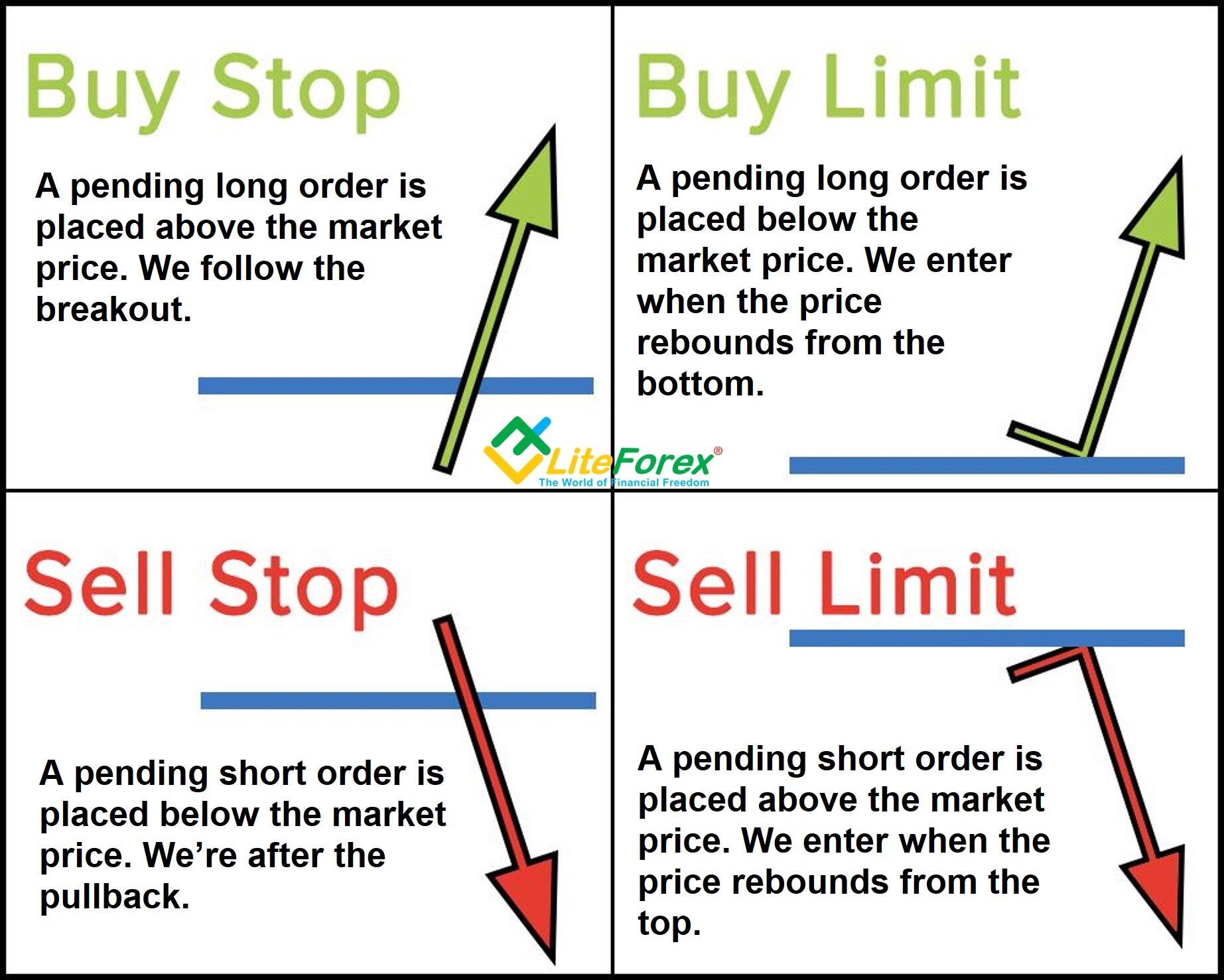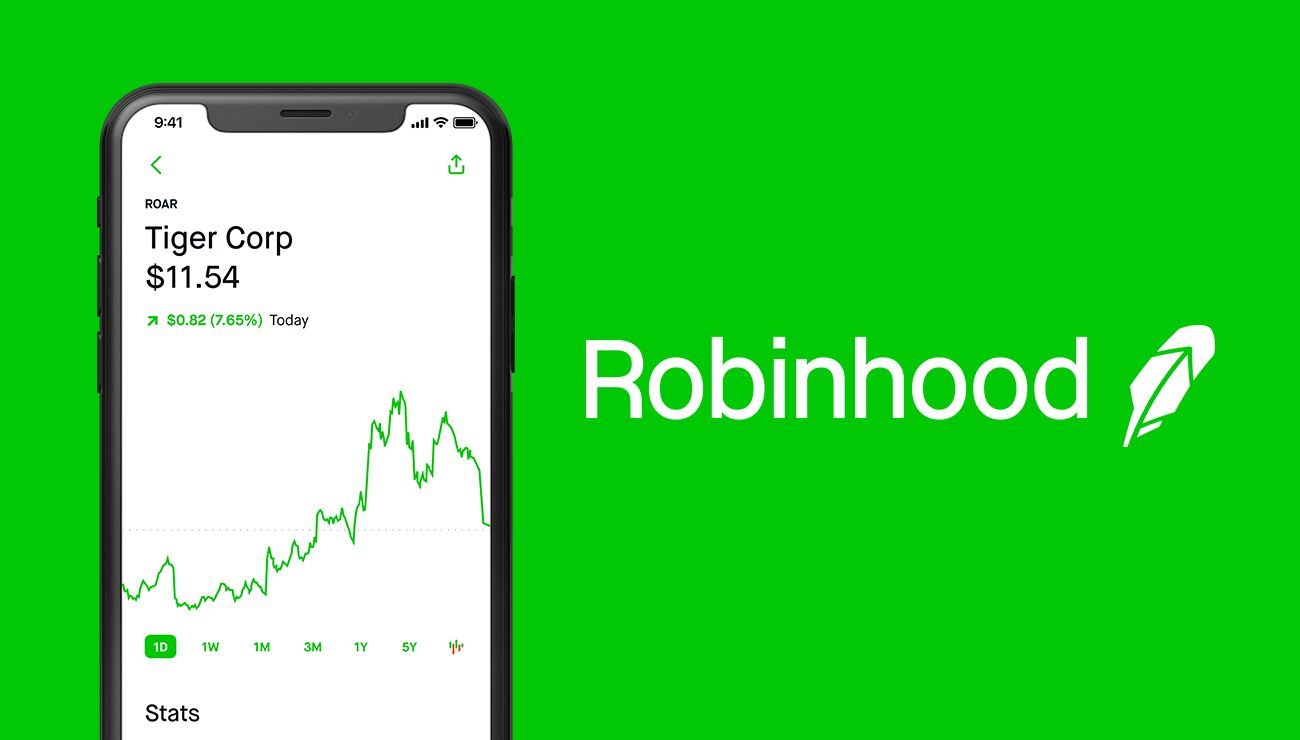Introduction
When it comes to stock trading, understanding the various order types is crucial. One such order type that traders often use is the limit order. If you’re new to trading or looking to expand your knowledge, learning about limit orders can significantly impact your trading strategy.
In this article, we will explore what a limit order is, how it works, and the advantages and disadvantages of using this type of order. We will also delve into the different types of limit orders and provide some tips for using them effectively in your trading endeavors.
As an investor, your goal is to buy or sell a specific stock at the best possible price. However, with fluctuating market conditions, it can be challenging to execute trades at your desired price. This is where limit orders come into play. A limit order instructs your broker to execute a trade only if the stock reaches a certain price level or better. Essentially, it allows you to set a specific price at which you are willing to buy or sell a stock.
The concept behind limit orders is simple: you set a limit on the maximum price you are willing to buy a stock or the minimum price you are willing to sell it. Once the stock’s market price reaches that set level, your broker will initiate the trade on your behalf. By using limit orders, you gain greater control over the execution price and can possibly optimize your trading strategy.
It’s important to note that a limit order is different from a market order. With a market order, you are requesting to buy or sell a stock at the current market price, regardless of the price level. On the other hand, a limit order gives you the ability to specify the desired price, protecting you from potentially unfavorable market conditions.
Before we dive deeper into how limit orders work, let’s explore some of the advantages and disadvantages associated with using this type of order in stock trading.
What is a Limit in Stock Trading?
In stock trading, a limit order is a type of order that allows investors to specify the maximum price they are willing to pay to buy a stock or the minimum price they are willing to accept to sell a stock. It is a precise instruction given to the broker, outlining the desired price level at which the investor wants to execute their trades.
When placing a limit order, traders set a specific limit or threshold price at which they are comfortable entering or exiting a position. This limit can be above or below the current market price, depending on whether the investor wants to buy or sell the stock. Once the market price reaches or surpasses the specified limit, the order is triggered, and the trade is executed.
The main advantage of using a limit order is that it provides investors with greater control over their trades. By setting a predefined price, investors ensure that they do not overpay for a stock when buying or sell it at a price lower than desired. This can be particularly helpful when trading highly volatile stocks, where prices can fluctuate rapidly.
On the other hand, utilizing a limit order means there is a possibility that the order may not be filled if the specified limit price is not reached. This can occur if the stock’s market price does not reach the predetermined level within the specified timeframe. Therefore, it’s important to carefully analyze market conditions and price trends to set an appropriate limit for the order.
Another aspect to consider with limit orders is that they are subject to market liquidity. If a stock has low trading volume, there may not be enough buyers or sellers at the specified price level to execute the trade. This can result in the order remaining unfilled or only partially filled. It’s crucial to be aware of the stock’s liquidity before placing a limit order.
In summary, a limit order in stock trading is a specific instruction given by an investor to buy or sell a stock at a predetermined price or better. It provides investors with control over their trades and helps prevent unfavorable executions. However, it’s important to consider market liquidity and price trends when setting a limit order, ensuring the order can be filled successfully. By understanding and utilizing this type of order effectively, traders can enhance their trading strategies and potentially achieve better outcomes.
How Does a Limit Order Work?
A limit order works by allowing traders to specify the maximum price they are willing to pay to buy a stock or the minimum price they are willing to accept to sell a stock. It gives investors more control over their trades and helps ensure that they execute transactions at their desired price.
When placing a limit order, investors set a specific limit or threshold price. If the market price reaches or surpasses this limit, the order is triggered, and the trade is executed. For example, if you want to buy a particular stock at $50 or lower, you would place a limit order with a limit price of $50. If the market price drops to $50 or below, your broker will execute the trade on your behalf.
It’s important to note that a limit order is not guaranteed to be filled immediately. The order will only be executed when the specified limit price is reached. If the stock’s market price never reaches or surpasses the limit price, the order will remain open until it is either filled or canceled by the trader.
When placing a limit order, you can also include additional instructions, such as a time frame for the order to remain valid. This timeframe can be set to a specific day, a few trading days, or until it is canceled manually. If the order is not filled within the specified timeframe, it will expire and no longer be active in the market.
It’s worth noting that there may be instances where the market price briefly touches or exceeds the limit price, but the order is still not filled. This can happen if there are not enough buyers or sellers at that price level to complete the trade. Market volatility and liquidity conditions play a significant role in the execution of limit orders.
In summary, a limit order allows traders to specify the maximum price they are willing to pay to buy a stock or the minimum price they are willing to accept to sell a stock. When the market price reaches or surpasses the specified limit, the order is triggered, and the trade is executed. It’s important to remember that a limit order is not guaranteed to be filled immediately and is subject to market conditions and liquidity. By using limit orders, traders can have more control over their trades and potentially achieve better price execution.
Advantages of Using Limit Orders
Limit orders offer several advantages to traders in stock trading. Understanding these advantages can help investors make informed decisions and optimize their trading strategies.
One of the key advantages of using limit orders is that they provide greater control over the execution price. By setting a specific limit price, traders can ensure that they buy or sell a stock at a price that meets their requirements. This can be particularly useful when trading volatile stocks or during periods of market uncertainty, where prices can fluctuate rapidly.
Using limit orders also helps prevent overpaying or underselling on trades. With a limit order, investors can set a maximum buy price or a minimum sell price, protecting them from unfavorable market conditions. This can be especially important when trading large quantities of shares, as even a slight difference in price can have a significant impact on overall profits or losses.
Another advantage of limit orders is that they can be used to capture specific trading opportunities. For example, if a trader believes that a stock will experience a pullback before continuing its upward trend, they can set a limit order to buy the stock at a lower price. This allows them to potentially enter the trade at a more favorable price point and maximize their potential gains.
In addition, limit orders can save time and reduce the need for constant monitoring of the market. Once a limit order is placed, traders can focus on other activities, knowing that the trade will be executed automatically when the specified limit price is reached. This can be especially beneficial for traders who cannot actively monitor the market throughout the trading session.
Furthermore, limit orders can help mitigate the impact of sudden market swings. During highly volatile market conditions, prices can change rapidly, making it challenging to execute trades at desired levels. By using a limit order, traders can ensure that they are not caught off guard by sudden price movements and can still execute trades within their desired price range.
In summary, the advantages of using limit orders include greater control over the execution price, preventing overpaying or underselling, capturing specific trading opportunities, saving time, and mitigating the impact of sudden market swings. By utilizing limit orders effectively, traders can optimize their trading strategies and potentially improve their overall trading outcomes.
Disadvantages of Limit Orders
While limit orders offer several advantages, it’s important to be aware of their potential disadvantages when using them in stock trading.
One of the main drawbacks of limit orders is the possibility of the order not being filled. If the specified limit price is not reached, the order may remain open and unfilled indefinitely. This can occur if the stock’s market price does not reach or surpass the limit price within the specified timeframe or if there is insufficient trading volume at the desired price level. Traders need to consider these factors when setting their limit prices and be prepared for the potential of their orders not being executed.
Another disadvantage of limit orders is the missed opportunity for immediate execution. Limit orders are not designed for immediate trades but rather for executing trades at a specific price or better. This means that if the market price quickly moves beyond the specified limit, the order may not be filled, and traders may miss out on potential profits or opportunities.
Market liquidity also plays a role in the execution of limit orders. If a stock has low trading volume or is illiquid, there may not be enough buyers or sellers at the specified price level to complete the trade. This can result in the order remaining unfilled or only partially filled, which can be frustrating for traders looking for quick and complete execution of their trades.
Furthermore, relying solely on limit orders can limit flexibility in trading. Market conditions can change rapidly, and limit orders may not adapt to these changes in real-time. In fast-paced markets with high volatility, a better execution price may be available through other order types, such as market orders or stop orders. Traders should consider the advantages and disadvantages of different order types and use them judiciously based on the prevailing market conditions.
Lastly, when using limit orders, traders need to continually monitor the market and make adjustments to their orders if necessary. If the market conditions or their trading strategy change, it may be necessary to adjust the limit price or cancel and replace the order altogether. This constant monitoring and adjustment can be time-consuming and may require additional effort on the part of the trader.
In summary, the disadvantages of limit orders include the possibility of orders not being filled, missed opportunities for immediate execution, reliance on market liquidity, limitations in adapting to rapidly changing market conditions, and the need for constant monitoring and adjustment. Traders should carefully consider these drawbacks and weigh them against the advantages before using limit orders in their trading strategies.
Types of Limit Orders
In stock trading, there are several types of limit orders that traders can utilize to execute their trades with precision. Each type of limit order serves a different purpose and allows investors to customize their trading strategies based on their specific objectives and market conditions.
1. Limit Buy Order: This type of limit order is placed with a limit price set below the current market price. Investors use limit buy orders when they want to buy a stock but are looking for an opportunity to purchase it at a lower price. The order will only be executed if the stock’s market price reaches or falls below the specified limit price.
2. Limit Sell Order: On the other hand, a limit sell order is placed with a limit price set above the current market price. Traders use limit sell orders when they are willing to sell a stock but are looking to do so at a higher price. The order will only be executed if the stock’s market price reaches or surpasses the specified limit price.
3. Stop Buy Order: A stop buy order is a special type of limit order that is triggered when the stock’s market price rises to or above a specified stop price. Once the stop price is reached, the order becomes a market order and is executed at the best available price. Traders use stop buy orders when they want to buy a stock once it has started to show upward momentum.
4. Stop Sell Order: Conversely, a stop sell order is triggered when the stock’s market price drops to or below a specified stop price. Similar to the stop buy order, the stop sell order becomes a market order and is executed at the best available price once the stop price is reached. This order type is commonly used by investors to limit potential losses or protect profits in a declining market.
5. Limit on Close Order (LOC): A limit on close order is placed with a limit price that designates the minimum price at which the stock can be sold or the maximum price at which it can be bought during the closing auction. This order type allows traders to participate in the closing auction and have more control over the execution price.
It’s important to note that these are just a few examples of the types of limit orders available in stock trading. Traders should familiarize themselves with their trading platform’s order options to fully utilize the available order types and determine which ones best align with their trading strategies and goals.
By understanding and utilizing the different types of limit orders effectively, traders can enhance their trading flexibility, manage risk, and optimize their potential gains in the stock market.
Tips for Using Limit Orders Effectively
Using limit orders effectively can help traders optimize their trading strategies and improve their overall success in the stock market. Here are some tips to consider when using limit orders:
1. Set Realistic Limit Prices: When placing a limit order, it’s crucial to set realistic limit prices based on the current market conditions and the stock’s price volatility. Setting an extremely low limit buy price or a very high limit sell price may result in the order not being filled. Conduct thorough research and analysis to determine appropriate limit prices.
2. Consider Liquidity: Pay attention to the liquidity of the stock before placing a limit order. Stocks with low trading volume may have wider bid-ask spreads, making it more challenging to execute limit orders at the desired price. Higher liquidity stocks generally have more buyers and sellers, leading to better chances of filling limit orders.
3. Monitor Market Conditions: Keep a close eye on market conditions, including price trends, news, and other factors that may impact the stock’s price. Adjust or cancel your limit orders if market conditions change significantly to ensure they align with your trading strategy.
4. Use Stop Orders alongside Limit Orders: Consider utilizing stop orders alongside limit orders to protect against potential losses or take advantage of price momentum. Stop orders can help automate trades when the stock’s price reaches a predetermined level, ensuring that you don’t miss out on potential trading opportunities.
5. Be Flexible: Be open to adjusting your limit orders as needed. Market conditions can change quickly, and what may have been a suitable limit price initially might not be optimal later on. Regularly reassess your limit orders and make necessary adjustments to adapt to evolving market dynamics.
6. Diversify Your Order Types: While limit orders can be useful, it’s important to diversify your order types based on the market situation. Market orders or stop orders may be more suitable in certain scenarios where immediate execution or protection against significant price movements is paramount. Understand the strengths and weaknesses of different order types and use them accordingly.
7. Practice Risk Management: Limit orders can help manage risk, but it’s essential to have a comprehensive risk management plan in place. Set appropriate stop loss limits on your trades to protect against large losses and adhere to your risk tolerance levels. Don’t rely solely on limit orders to safeguard your portfolio.
By following these tips, traders can use limit orders effectively to increase the chances of executing trades at desired prices, take advantage of market opportunities, and manage risk more efficiently. Regularly review and refine your approach to ensure that your use of limit orders aligns with your trading goals and objectives.
Conclusion
Limit orders are a valuable tool for traders in the stock market. They provide investors with greater control over their trades, allowing them to specify the maximum price they are willing to pay to buy a stock or the minimum price they are willing to accept to sell a stock.
By using limit orders effectively, traders can optimize their trading strategies, manage risk, and potentially improve their overall trading outcomes. Limit orders offer advantages such as control over execution price, prevention of overpaying or underselling, the ability to capture specific trading opportunities, and time-saving automation.
However, it is important to consider the potential disadvantages of limit orders, such as the possibility of the order not being filled, missed opportunities for immediate execution, reliance on market liquidity, limitations in adapting to changing market conditions, and the need for constant monitoring and adjustment.
To use limit orders effectively, traders should set realistic limit prices, consider market liquidity, monitor market conditions, and be flexible in adjusting orders as needed. Diversifying order types and practicing risk management are also crucial components of successful trading.
In conclusion, understanding and utilizing limit orders in stock trading can enhance traders’ ability to execute trades at desired prices, manage risk, and achieve better trading outcomes. By incorporating these tips and strategies into their trading activities, investors can make the most of their trading opportunities and navigate the complexities of the stock market more effectively.

























